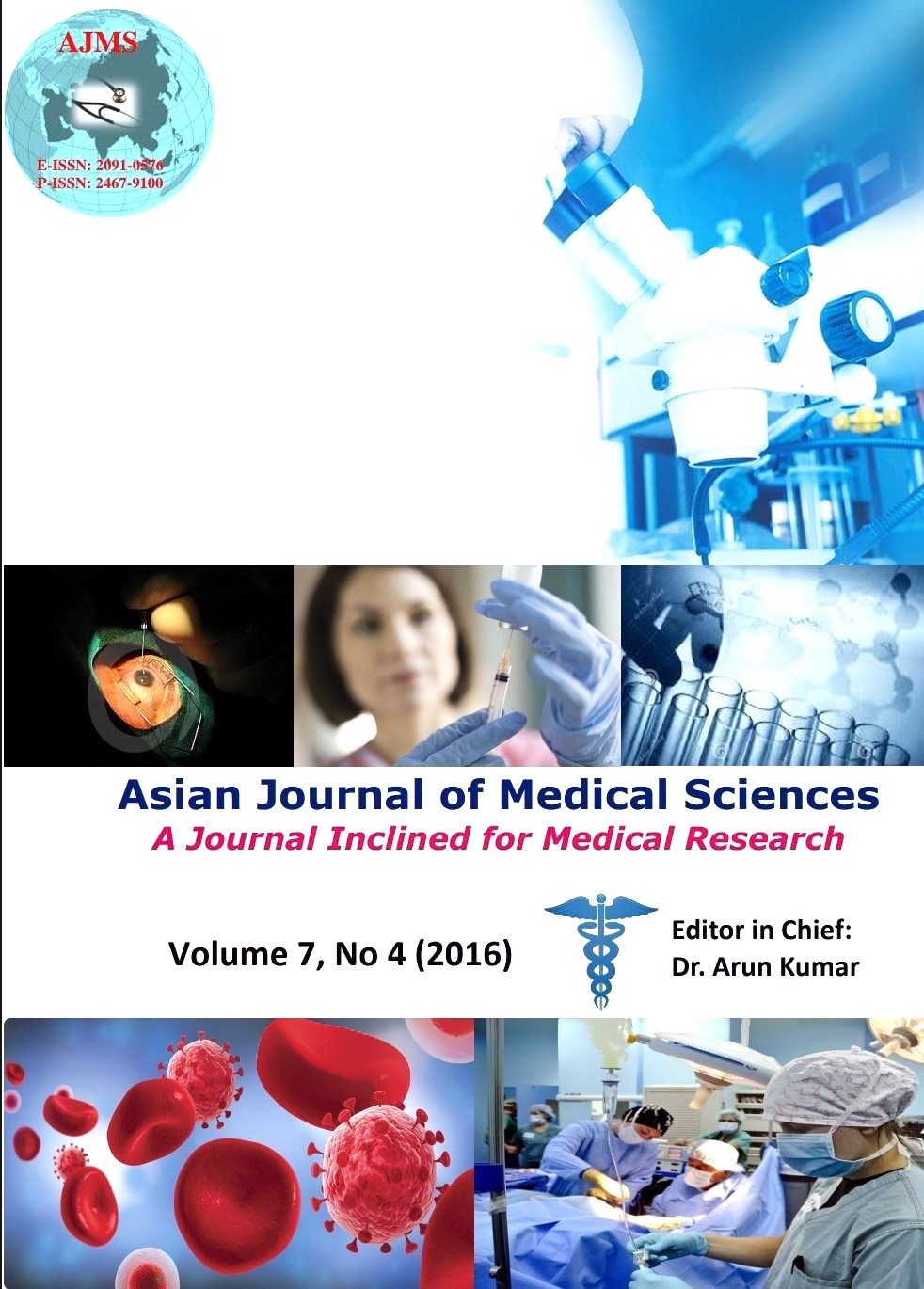Gelatine sponge application in myoma bed to achieve hemostasis during myomectomy – A pilot study
Keywords:
Hemorrhage, Intraoperative, VasopressinAbstract
Aims and Objectives: To study the efficacy of gelatine absorbable sponge to achieve hemostasis of myoma bed during myomectomy.
Materials and Methods: Patient < 40 years with diagnosis of fibroid planned for myomectomy were included. Local infiltration around myoma was done with vasopressin diluted with normal saline (10 units of vasopressin mixed with 100 ml of normal saline). Myomas are easily removed. Gelatin absorbable sponge was applied over the myoma bed and the bed was closed. Proper hemostasis was maintained. Hb deficit was measured postoperatively.
Results: Fifteen cases were studied. Vasopressin (diluted) administration ranged from 30-200 ml. Intra-operative blood loss of about 50 ml was noticed in 6 cases, 80 ml – 3 cases, 100 ml – 3 cases, 200 ml – 2 cases, 400 – 1 case. Duration of operation ranged from 60 – 150 minutes. Pre and post-operative Hb% estimation revealed that there was no change in Hb% in 3 cases.
Conclusion: Gelatin absorbable sponge application over the myoma bed while closing the area is a good technique to achieve hemostasis during myomectomy.
Asian Journal of Medical Sciences Vol.7(4) 2016 19-23
Downloads
Downloads
Published
How to Cite
Issue
Section
License
Authors who publish with this journal agree to the following terms:
- The journal holds copyright and publishes the work under a Creative Commons CC-BY-NC license that permits use, distribution and reprduction in any medium, provided the original work is properly cited and is not used for commercial purposes. The journal should be recognised as the original publisher of this work.
- Authors are able to enter into separate, additional contractual arrangements for the non-exclusive distribution of the journal's published version of the work (e.g., post it to an institutional repository or publish it in a book), with an acknowledgement of its initial publication in this journal.
- Authors are permitted and encouraged to post their work online (e.g., in institutional repositories or on their website) prior to and during the submission process, as it can lead to productive exchanges, as well as earlier and greater citation of published work (See The Effect of Open Access).




